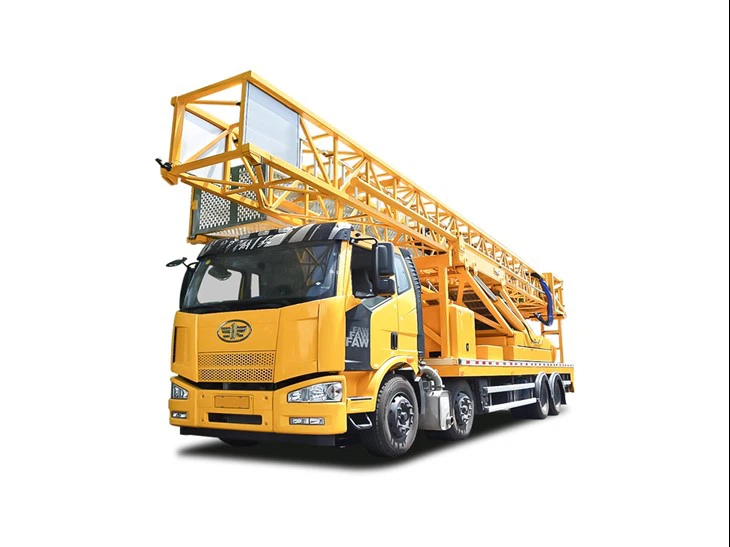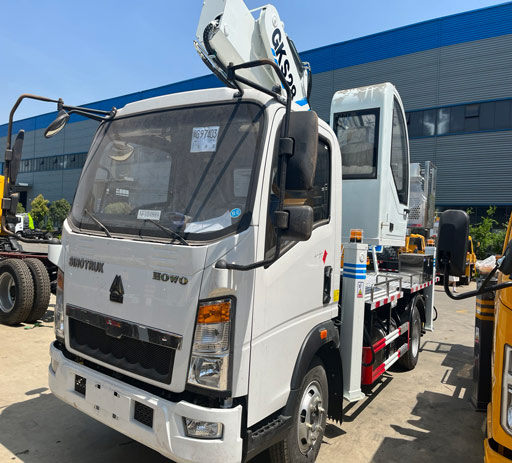Understanding 40 Tons: Uses, Implications, and Practical Insights

When we think of measurements in capacity and weight, many factors come into play, especially in industries ranging from transportation to construction. One measure that often arises is “40 tons.” This article explores the significance of 40 tons, examining everything from its uses in different fields to its implications for safety, regulations, and environmental impact. Through detailed analysis and practical examples, we’ll cover everything you need to know about this measurement.
What Does 40 Tons Mean?
To understand what 40 tons means, we first need to comprehend the measurement itself. A ton is a unit of weight equal to 2,000 pounds in the US customary system and 1,000 kilograms in the metric system. Therefore, 40 tons equates to:
- 80,000 pounds (US)
- 36,287 kilograms (metric)
This weight category is significant in various applications, particularly in freight transportation, construction, and industrial operations.
The Importance of 40 Tons in Transportation
Freight and Cargo
In freight transportation, 40 tons is often the standard maximum weight capacity for many large trucks and freight carriers. This weight limit is crucial for logistical planning and ensures compliance with road safety regulations. Here are some key points to consider:
- Trucking Industry: Most large trucks are designed to haul loads up to 40 tons for efficient transportation.
- Shipping Containers: A standard shipping container often has a maximum gross weight of approximately 40 tons.
Logistics and Supply Chain Management
Understanding weight limits like 40 tons is essential for logistics companies. Efficient load distribution impacts fuel efficiency and helps avoid penalties for overweight loads. Here are practical tips for optimizing load capacity:
- Utilize software tools that calculate optimal load distribution.
- Regularly train staff on weight laws and regulations.
Construction and Heavy Equipment

Heavy Machinery
In construction, 40 tons often refers to the capacity of equipment such as excavators, cranes, and loaders. Knowing the weight limits of these machines is vital for safety and operational effectiveness.
Examples of Heavy Machinery
| Equipment | Weight Capacity |
|---|---|
| Excavator | Up to 40 tons |
| Mobile Crane | Approx. 40 tons |
| Dump Truck | Usually 40 tons |
Safety Considerations
Understanding the weight limits related to 40 tons is essential for workplace safety. Overloading machinery can lead to accidents and equipment failure. Here are some safety tips:
- Regularly inspect equipment before use.
- Provide adequate training for operators.
Environmental Impact of Heavy Loads
Transporting and operating heavy loads, such as those weighing 40 tons, has significant environmental implications. Here’s how:

Fuel Consumption

Vehicles carrying heavy loads consume more fuel, leading to increased emissions. Companies should consider:
- Opting for more fuel-efficient vehicles.
- Supporting initiatives that promote greener transportation methods.
Regulations and Compliance
Various regulations govern the transportation of loads weighing 40 tons or more, aimed at minimizing road damage and environmental impact. Familiarize yourself with:
- Local weight limits and restrictions.
- Environmental regulations affecting transportation.
40 Tons in Maritime Shipping
Using Twenty-Foot Equivalent Units (TEUs)
In maritime shipping, 40 tons is equivalent to a 40-foot shipping container, which often fits two Twenty-Foot Equivalent Units (TEUs). Here’s how this relates to global trade:
- 40-foot containers are the industry standard for transporting bulk goods.
- They provide efficient cargo space for a range of products.
Implications for Ports and Handling
Ports equipped to handle 40 tons have specific procedures in place for loading and unloading. Some considerations include:
- Equipment like cranes that can easily manage heavy containers.
- Proper training of personnel handling heavy loads.
Real-World Applications of 40 Tons
Construction Projects
In large construction projects, such as skyscrapers or bridges, bulk materials transported often reach weights of 40 tons. Here’s an example:
- Concrete delivery trucks frequently carry loads of 40 tons, vital for foundational work.
Mining Operations
Mining industries often deal with heavy machinery and materials, with trucks transporting ore often averaging around 40 tons. Consider this:
- Mining trucks are specifically designed for this volume to enhance productivity.
Preparing for a Load of 40 Tons
Best Practices for Loading and Unloading
When preparing for transport, adhering to best practices is essential for safety and efficiency:
- Ensure even weight distribution in load placement.
- Employ adequate securing methods—using chains, straps, and blocks.
Training and Compliance
Keeping employees well-trained can minimize accidents during loading and transport. Consider regular workshops on:
- Weight limits and load logistics.
- Safety protocols for loading and securing heavy loads.
Frequently Asked Questions
1. What is the maximum weight for a truck in the US?
The maximum weight for a truck in the US is 80,000 pounds (or 40 tons) for vehicles traveling on federal highways with a standard configuration.
2. How do you calculate weight limits for shipping containers?
The weight limit for shipping containers is dictated by international regulations but generally, a 40-foot container has a gross weight limit of around 40 tons.
3. What types of cargo can weigh 40 tons?
Cargo types that can weigh 40 tons include construction materials, heavy machinery, and aggregated goods.
4. What safety measures should be taken when transporting 40 tons?
Key safety measures include ensuring proper weight distribution, using appropriate securing methods, and having trained personnel.
5. Are there any restrictions on transporting loads of 40 tons?
Yes, each state has specific regulations and weight limits, and you must comply with local laws to avoid fines.
6. How does 40 tons affect fuel efficiency?
Transporting heavier loads generally reduces fuel efficiency, as vehicles need to consume more energy to move the extra weight.
